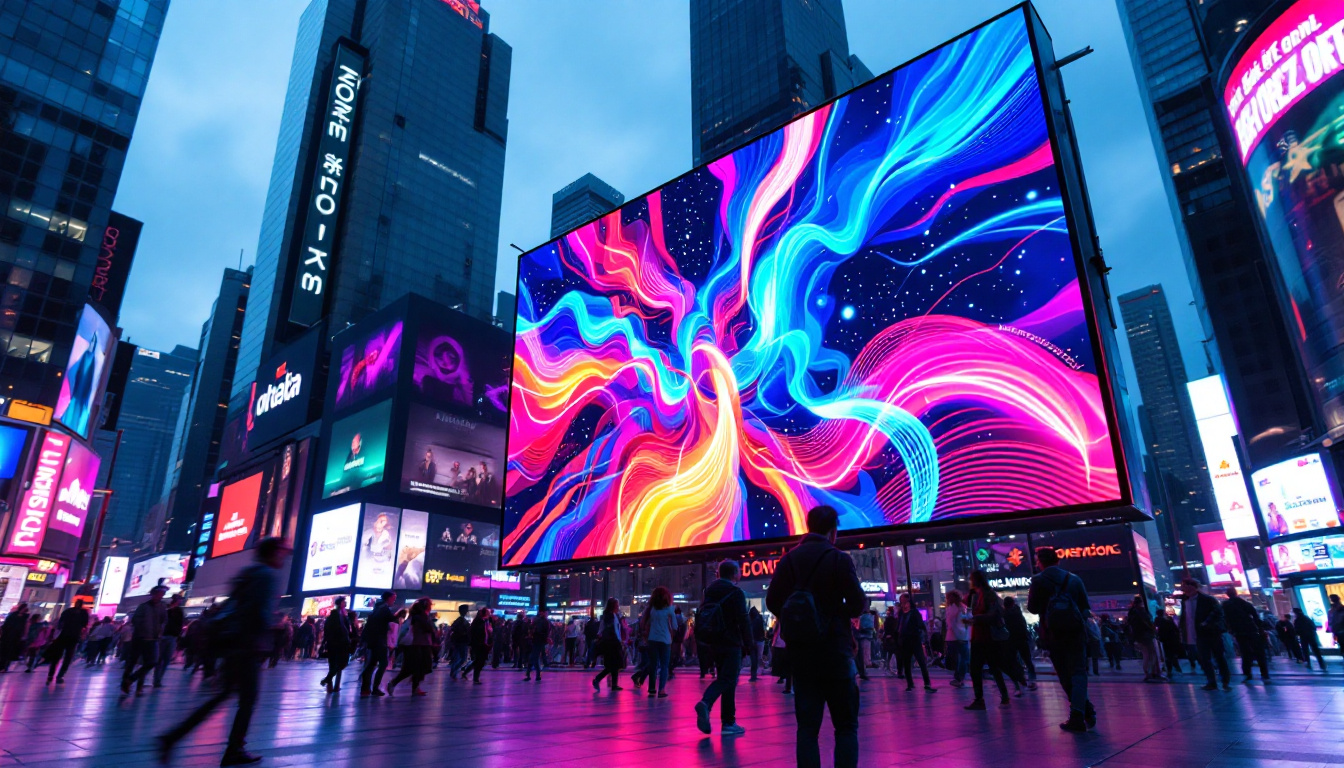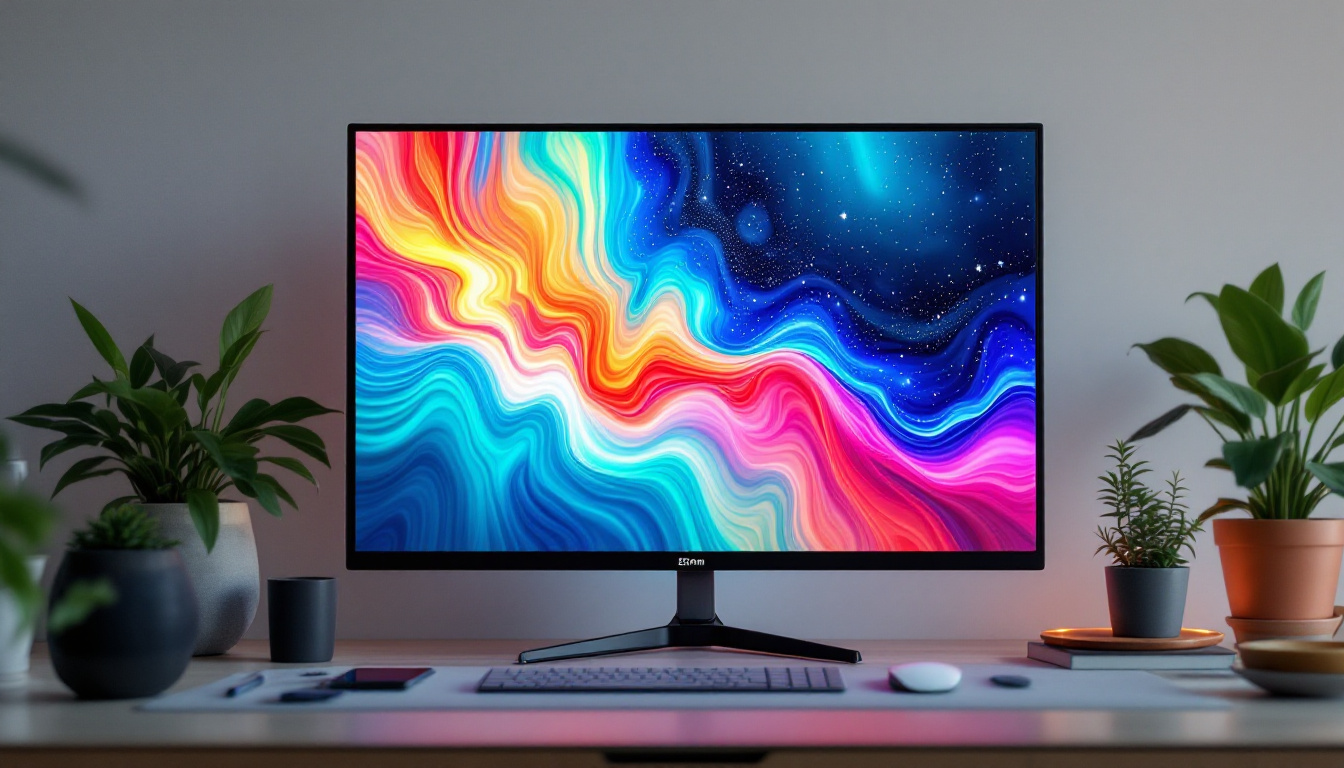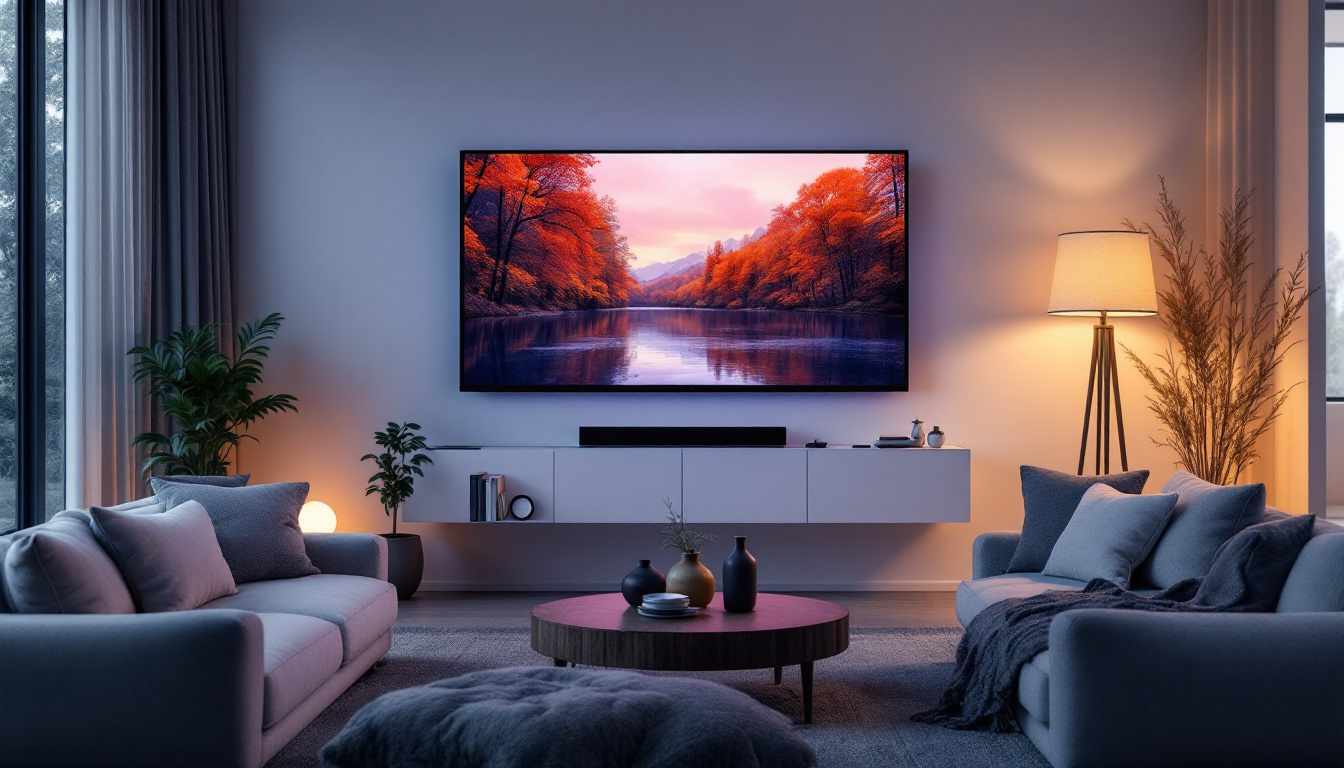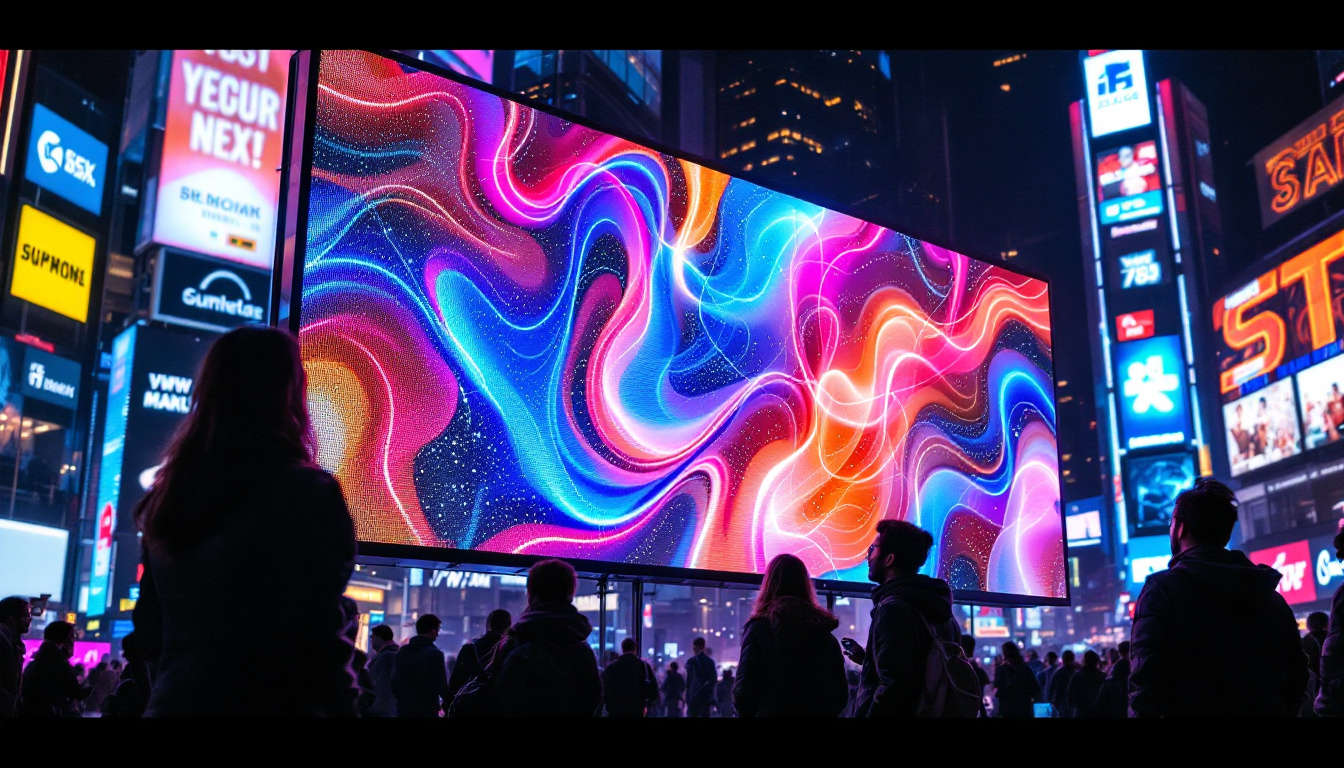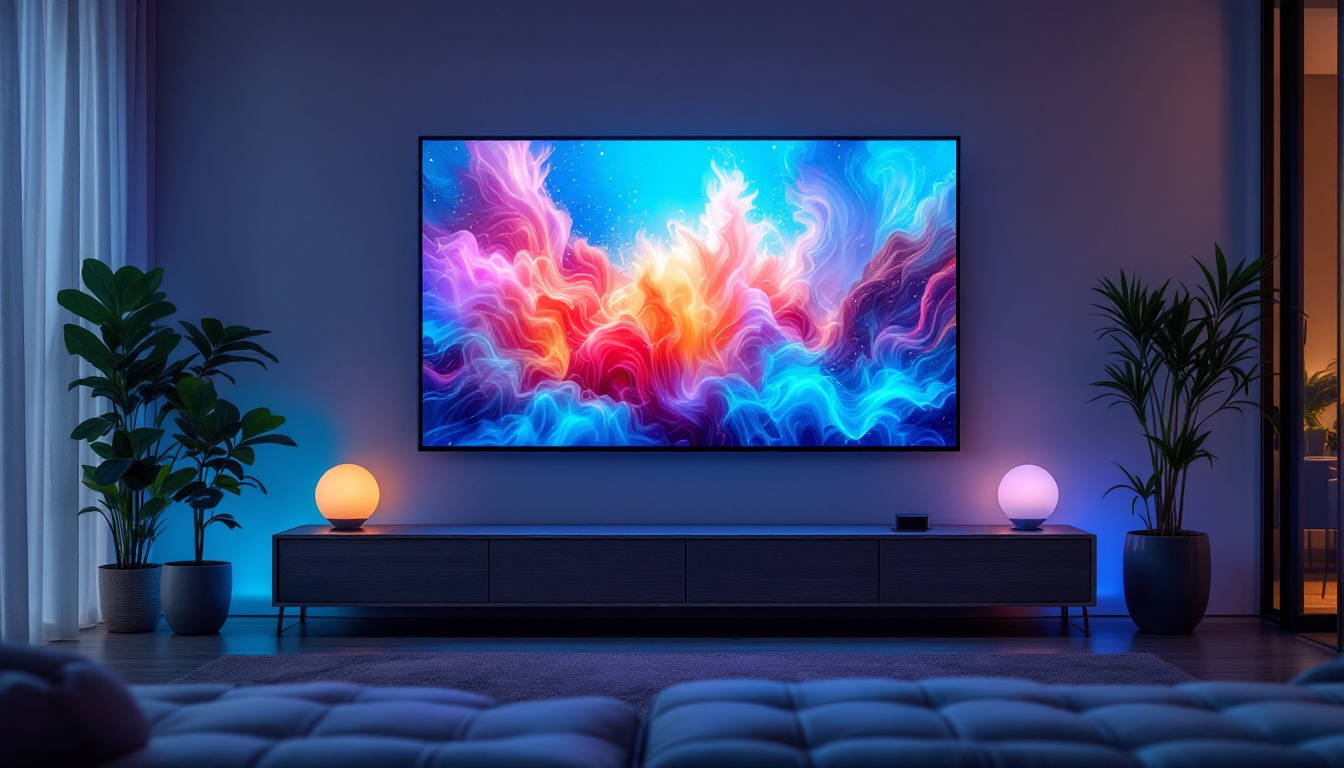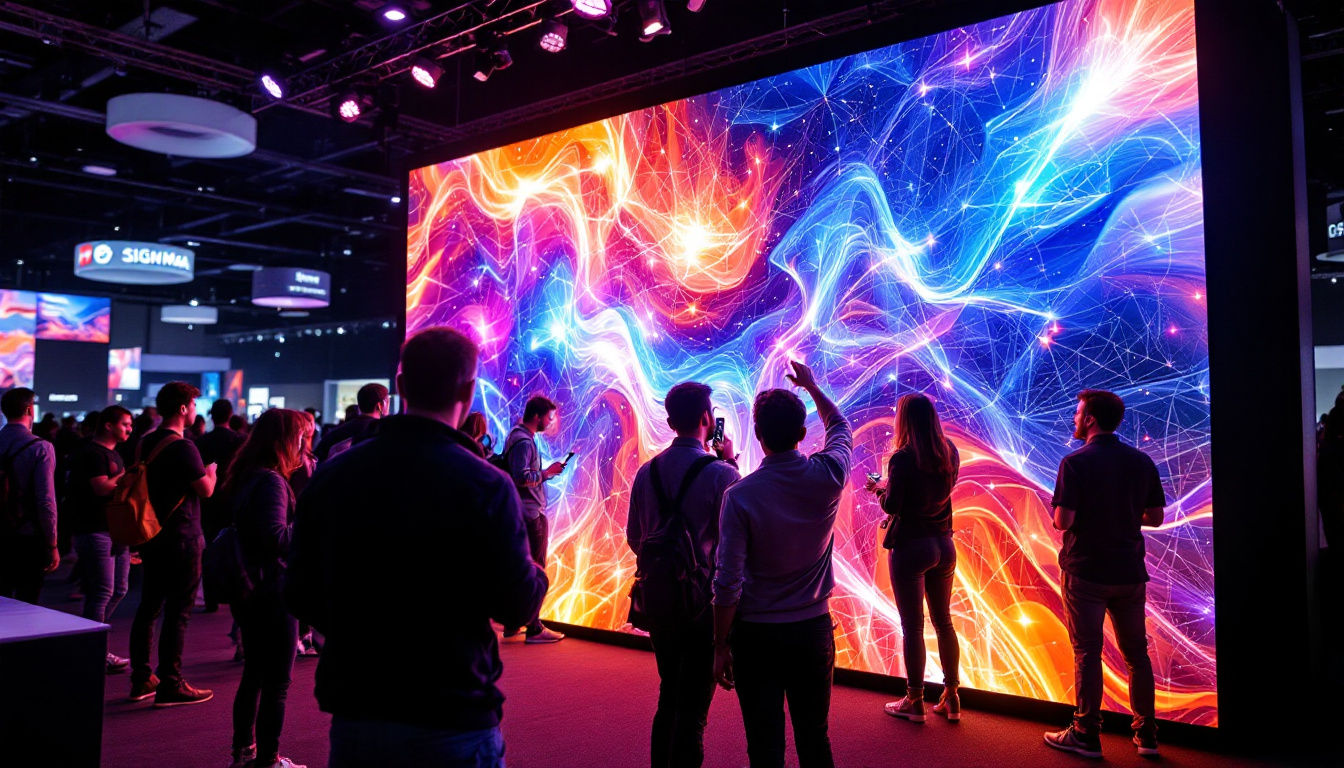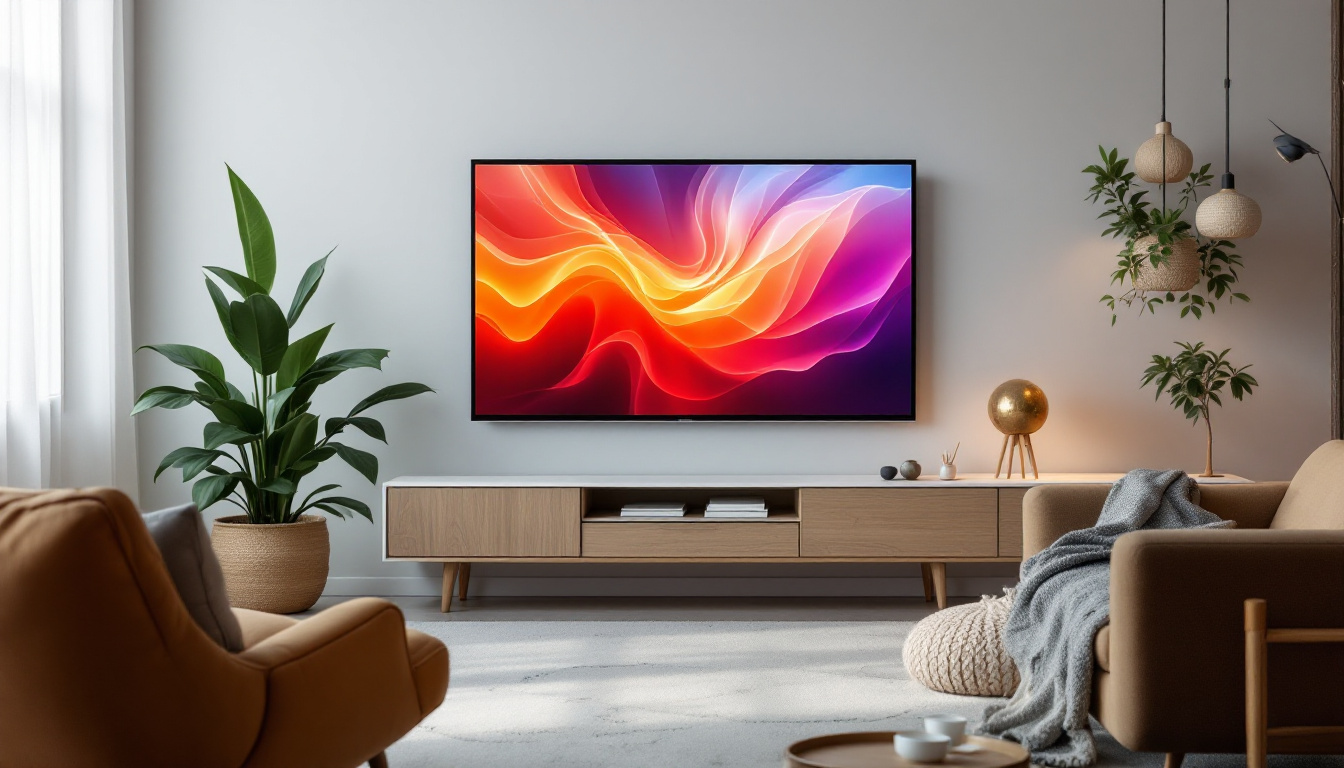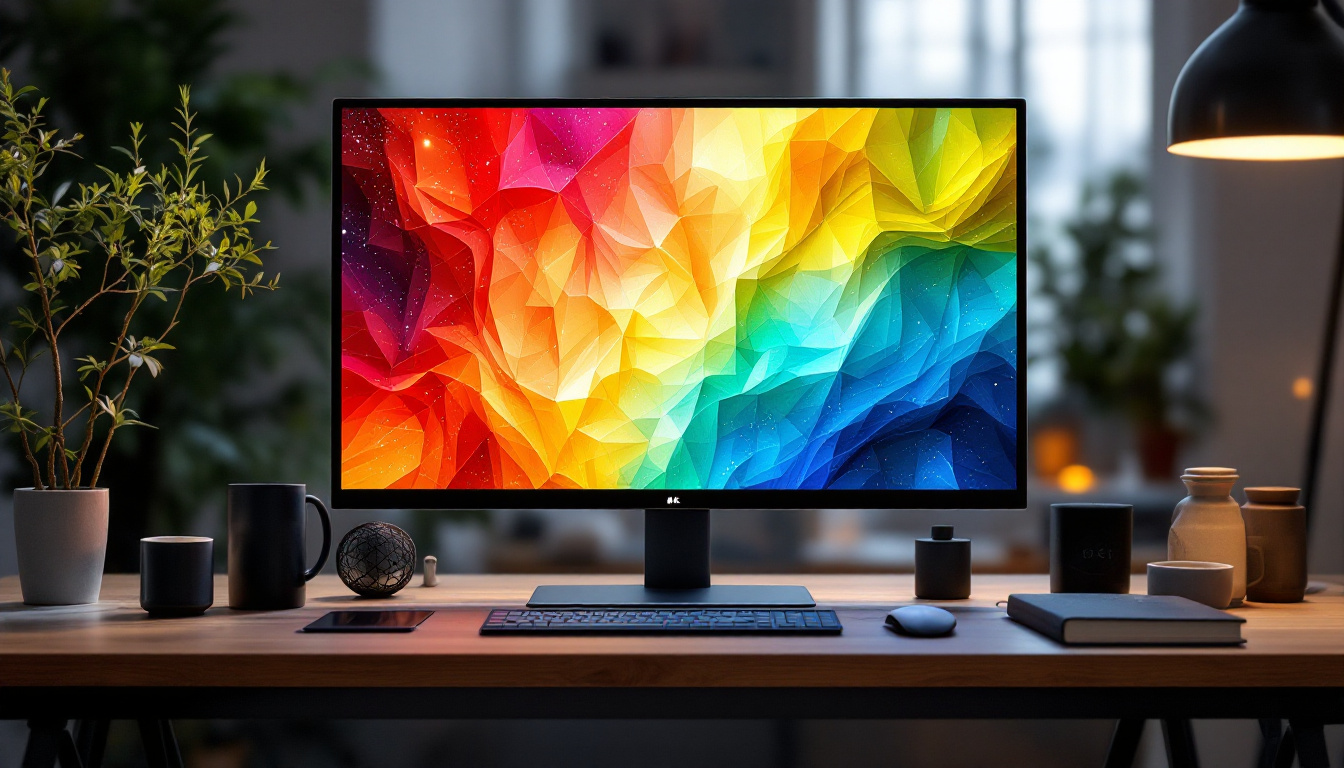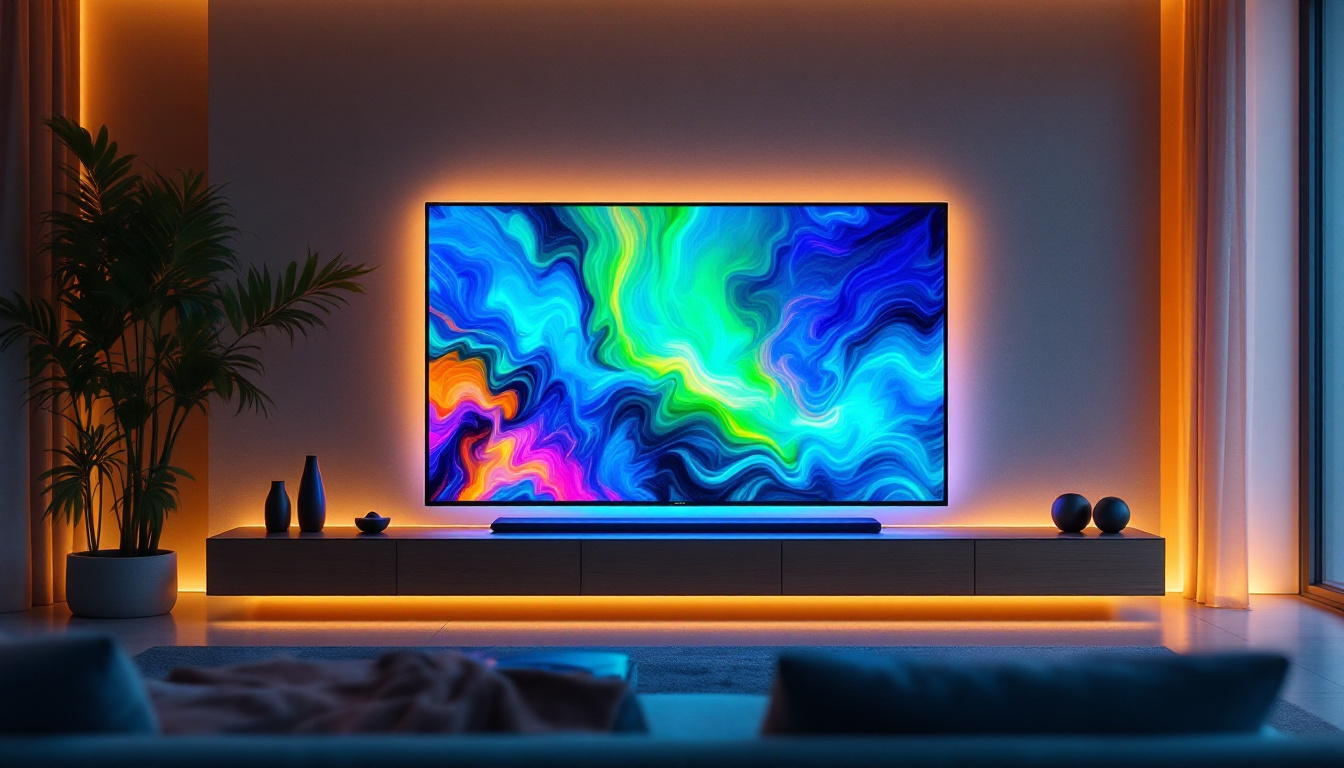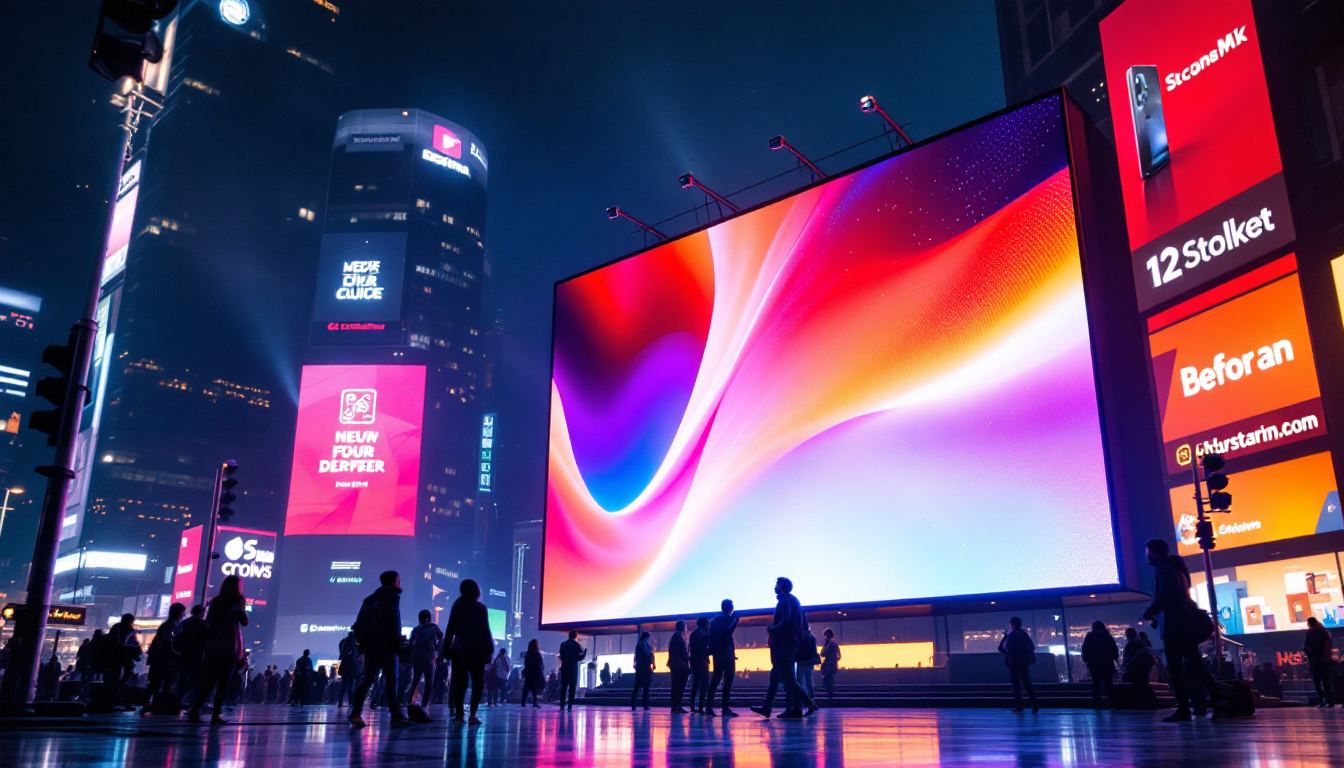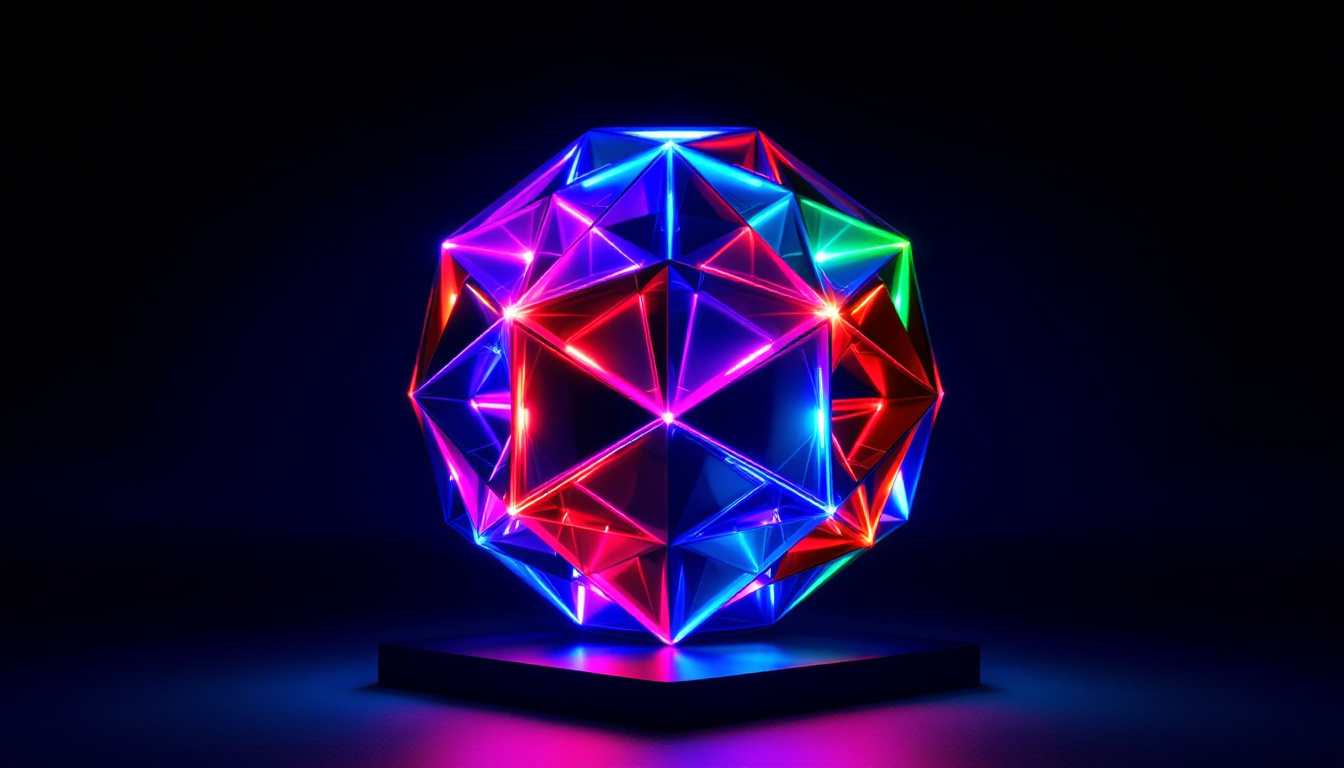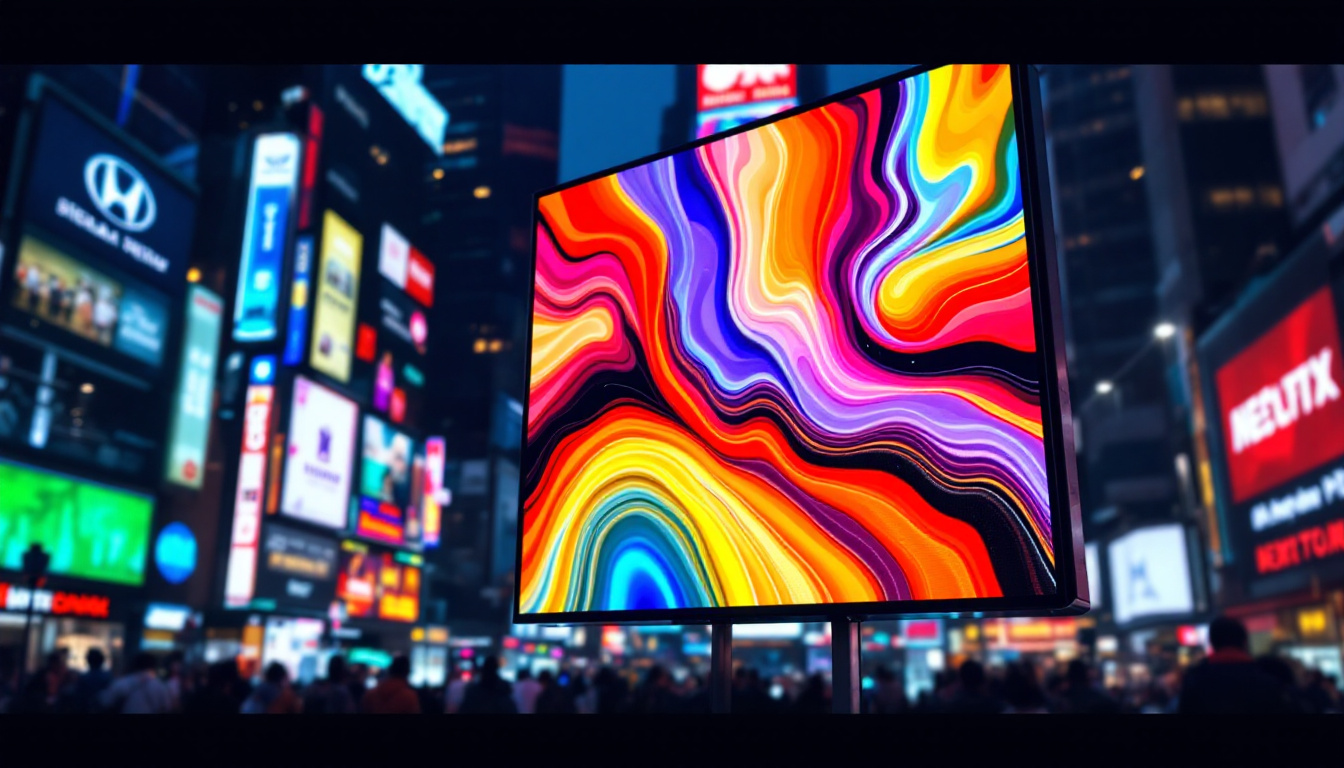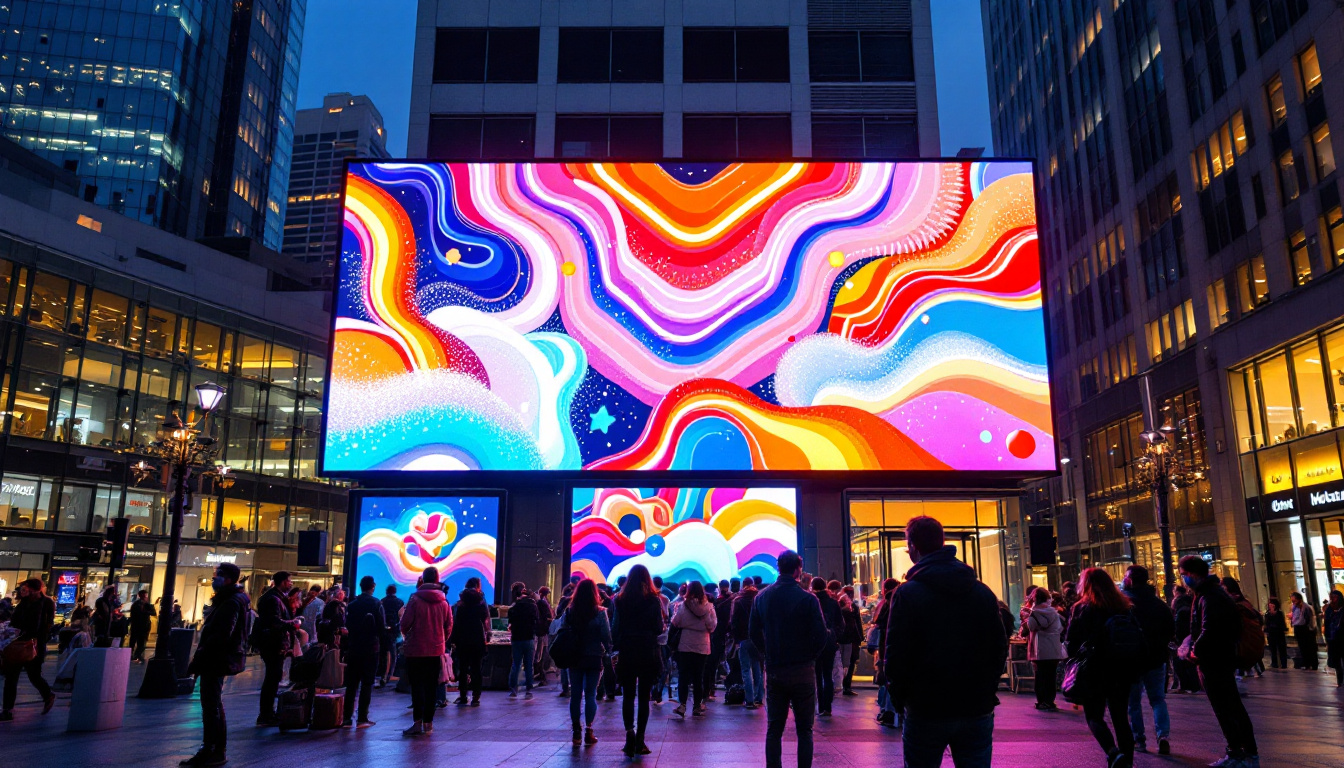The world of visual technology is constantly evolving, and one of the most significant advancements in recent years is the development of LED displays. Among these, the AC Matrix LED display stands out for its unique features and capabilities. This article delves into the intricacies of AC Matrix technology, exploring its components, applications, and advantages over traditional display systems.
Understanding LED Display Technology
LED displays have revolutionized the way information is presented, offering vibrant colors, high contrast ratios, and energy efficiency. At the core of LED display technology is the light-emitting diode (LED), a semiconductor device that emits light when an electric current passes through it. This innovation not only enhances visual experiences but also contributes to sustainability efforts, as LED technology consumes significantly less power than traditional display technologies, such as incandescent bulbs or fluorescent screens.
How LED Displays Work
LED displays consist of numerous small diodes arranged in a grid format. Each diode can emit different colors, allowing for the creation of a full spectrum of hues. The combination of red, green, and blue (RGB) LEDs enables the display to produce a wide range of colors by adjusting the intensity of each color component. This RGB model is fundamental in digital imaging, where precise color reproduction is essential for applications in graphic design, photography, and video production.
The display’s resolution is determined by the number of pixels it contains. Higher pixel density results in sharper images and clearer text, making LED displays ideal for various applications, from advertising billboards to television screens. Furthermore, advancements in pixel technology, such as microLED and miniLED, are pushing the boundaries of resolution and brightness, allowing for even more immersive viewing experiences. These innovations are particularly beneficial in environments with high ambient light, where traditional displays might struggle to maintain visibility.
Types of LED Displays
There are several types of LED displays, including direct view, backlit, and organic LED (OLED) displays. Direct view LED displays are commonly used for large outdoor screens, while backlit LED displays are often found in televisions and computer monitors. OLED technology, on the other hand, offers superior contrast and color accuracy but is still relatively expensive compared to traditional LED displays. The unique structure of OLEDs allows each pixel to emit its own light, resulting in deeper blacks and a broader color gamut, making them particularly appealing for high-end televisions and mobile devices.
In addition to these types, there are also specialized LED displays designed for specific applications, such as transparent LED displays that allow for visibility through the screen, and flexible LED displays that can be bent or shaped to fit unconventional spaces. These innovations are paving the way for creative advertising solutions and architectural designs, enabling brands to engage consumers in new and exciting ways. As technology continues to evolve, the potential applications for LED displays seem limitless, promising a future filled with even more dynamic and interactive visual experiences.
What is AC Matrix Technology?
AC Matrix technology is a specific implementation of LED display technology that enhances the performance and versatility of traditional LED displays. The term “AC Matrix” refers to the alternating current (AC) driving method used to power the LED modules, which distinguishes it from other LED display technologies.
Key Features of AC Matrix Displays
One of the primary features of AC Matrix displays is their ability to provide high brightness levels while consuming less power. This is achieved through the efficient use of alternating current, which allows for better energy distribution across the display. As a result, AC Matrix displays can maintain vibrant colors and sharp images even in brightly lit environments.
Another significant advantage of AC Matrix technology is its modular design. This allows for easy scalability, enabling users to customize the size and shape of their displays according to specific requirements. Whether for a small indoor space or a large outdoor venue, AC Matrix displays can be configured to fit any application.
Applications of AC Matrix Displays
AC Matrix displays are used in a variety of settings, including advertising, entertainment, and information dissemination. In retail environments, these displays can attract customers with dynamic content and eye-catching visuals. In entertainment venues, AC Matrix technology enhances the viewing experience by delivering high-quality images and videos during concerts, sports events, and theatrical performances.
Additionally, AC Matrix displays are ideal for corporate settings, where they can be used for presentations, video conferencing, and digital signage. Their versatility and adaptability make them a popular choice across various industries.
Advantages of AC Matrix LED Displays
The AC Matrix LED display technology offers several advantages over traditional LED displays, making it an attractive option for businesses and organizations looking to invest in visual technology.
Energy Efficiency
One of the standout benefits of AC Matrix displays is their energy efficiency. By utilizing alternating current, these displays consume less power compared to conventional LED displays. This not only reduces operational costs but also contributes to a smaller carbon footprint, making it an environmentally friendly choice.
The energy savings can be substantial, especially for large installations that operate continuously. Businesses can expect to see a significant reduction in their electricity bills, which can offset the initial investment in the technology over time.
Improved Image Quality
AC Matrix technology enhances image quality by providing higher brightness levels and better color accuracy. The ability to maintain vibrant colors in various lighting conditions ensures that content remains engaging and visually appealing.
Furthermore, the modular design of AC Matrix displays allows for seamless integration of multiple panels, resulting in a unified image without noticeable gaps or inconsistencies. This is particularly important for applications where visual impact is crucial, such as advertising and entertainment.
Durability and Longevity
AC Matrix displays are designed with durability in mind. The components are built to withstand harsh environmental conditions, making them suitable for both indoor and outdoor applications. This resilience translates to a longer lifespan, reducing the need for frequent replacements and maintenance.
Moreover, the modular nature of AC Matrix technology means that individual panels can be easily replaced if damaged, further extending the overall lifespan of the display system.
Installation and Maintenance Considerations
While AC Matrix LED displays offer numerous advantages, proper installation and maintenance are essential to ensure optimal performance and longevity. Understanding these aspects can help users maximize their investment in this technology.
Installation Process
The installation of AC Matrix displays typically involves several steps, including site assessment, structural support evaluation, and electrical setup. It is crucial to work with experienced professionals who can ensure that the display is installed correctly and safely.
During the installation process, considerations such as viewing angles, height, and distance from the audience must be taken into account to optimize visibility and impact. Additionally, proper cabling and power supply arrangements are necessary to support the display’s performance.
Regular Maintenance
To maintain the quality and functionality of AC Matrix displays, regular maintenance is essential. This includes routine cleaning of the display surface to remove dust and debris, as well as periodic inspections of the electrical components and connections.
In addition to physical maintenance, software updates may be required to ensure that the display operates efficiently and securely. Keeping the firmware up to date can help prevent potential issues and enhance the overall performance of the display system.
Future Trends in LED Display Technology
The landscape of LED display technology is continually evolving, with new innovations and trends emerging regularly. As the demand for high-quality visual experiences grows, several key trends are shaping the future of LED displays, including AC Matrix technology.
Advancements in Resolution
As technology progresses, the resolution of LED displays is expected to improve significantly. Higher pixel densities will enable even sharper images and more detailed visuals, catering to the increasing expectations of consumers and businesses alike.
With advancements in microLED and miniLED technologies, the potential for ultra-high-definition displays is on the horizon. These technologies promise to deliver exceptional color accuracy and contrast, further enhancing the viewing experience.
Integration with Smart Technologies
The integration of LED displays with smart technologies is another trend gaining momentum. As the Internet of Things (IoT) continues to expand, LED displays are becoming more interconnected, allowing for real-time data sharing and interactive content.
This integration opens up new possibilities for applications such as digital signage, where displays can adapt content based on audience engagement and preferences. The ability to analyze viewer behavior and tailor content accordingly will significantly enhance the effectiveness of advertising and communication strategies.
Sustainability Initiatives
With a growing emphasis on sustainability, the LED display industry is focusing on developing eco-friendly solutions. Manufacturers are exploring ways to reduce energy consumption, use recyclable materials, and minimize waste during production.
As consumers become more environmentally conscious, businesses that adopt sustainable practices in their display technology will likely gain a competitive edge. AC Matrix technology, with its energy-efficient design, aligns well with these sustainability initiatives.
Conclusion
In conclusion, AC Matrix LED displays represent a significant advancement in visual technology, offering numerous benefits over traditional display systems. With their energy efficiency, improved image quality, and durability, AC Matrix displays are well-suited for a variety of applications across multiple industries.
As the demand for high-quality visual experiences continues to grow, the future of LED display technology looks promising. Innovations in resolution, smart technology integration, and sustainability initiatives will further enhance the capabilities of AC Matrix displays, making them an essential tool for businesses and organizations looking to engage their audiences effectively.
Investing in AC Matrix technology not only provides immediate advantages but also positions businesses for success in an increasingly visual world. Embracing this technology is a step toward staying ahead in a competitive landscape, ensuring that messages are conveyed with clarity, impact, and sustainability.
Discover LumenMatrix LED Display Solutions
Ready to elevate your visual communication with the latest in LED display technology? Look no further than LumenMatrix, a pioneer in crafting immersive and dynamic visual experiences. From Indoor and Outdoor LED Wall Displays to specialized solutions like Vehicle LED Displays and LED Sports Displays, LumenMatrix offers a comprehensive range of products designed to captivate your audience. Embrace the future with our innovative LED Poster Displays, Floor LED Displays, Custom LED Displays, All-in-One LED Displays, and LED Transparent Displays. Check out LumenMatrix LED Display Solutions today and transform your brand’s visibility with unparalleled clarity and impact.

